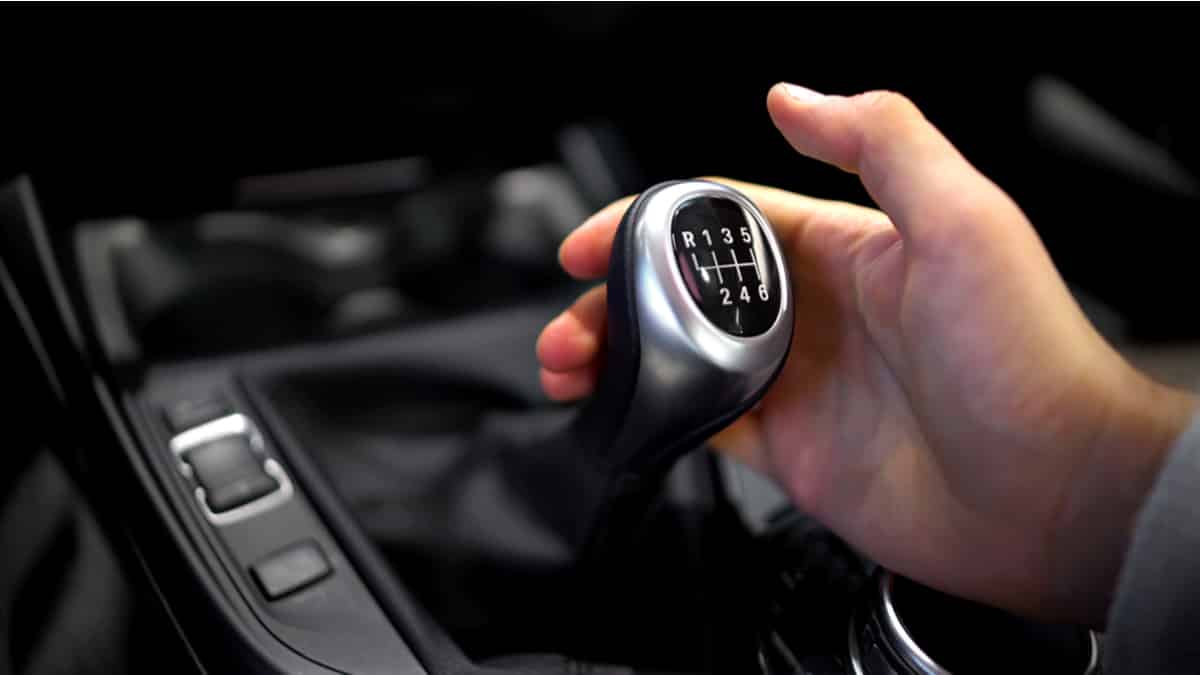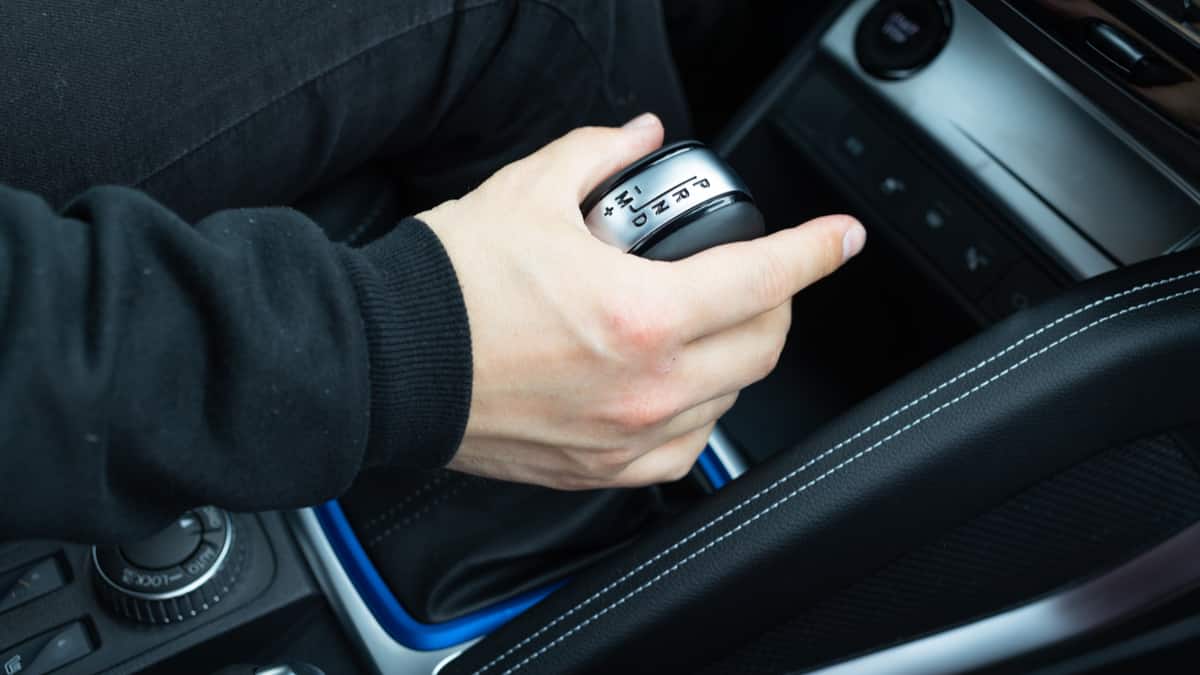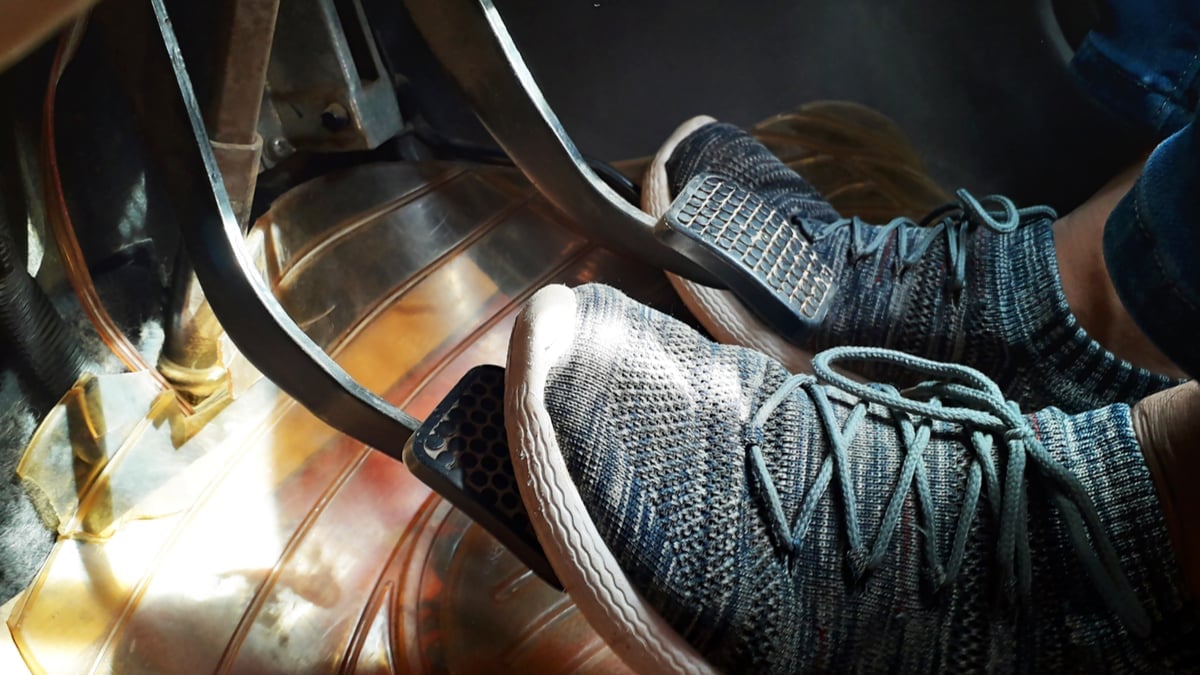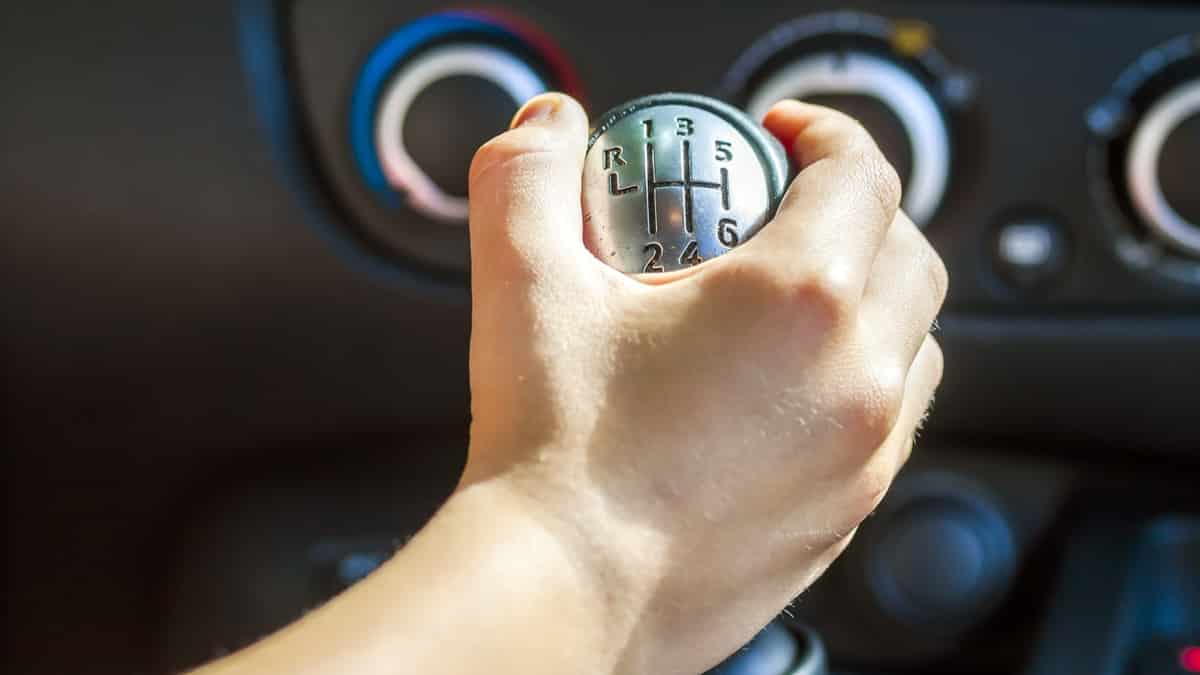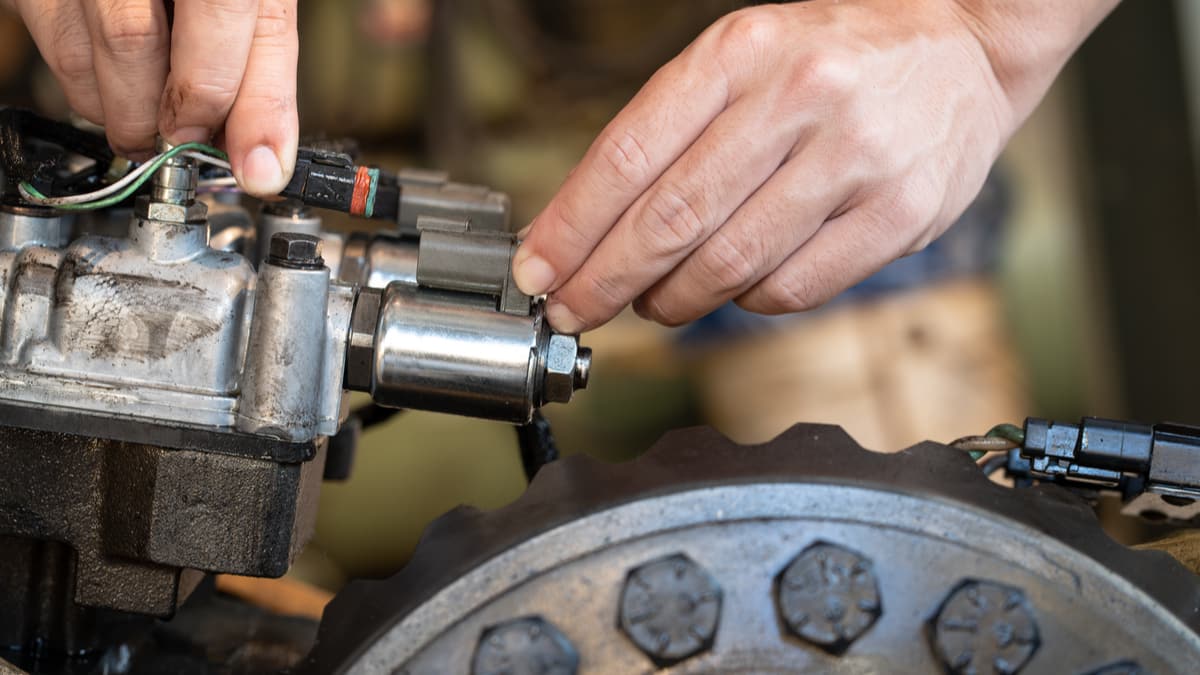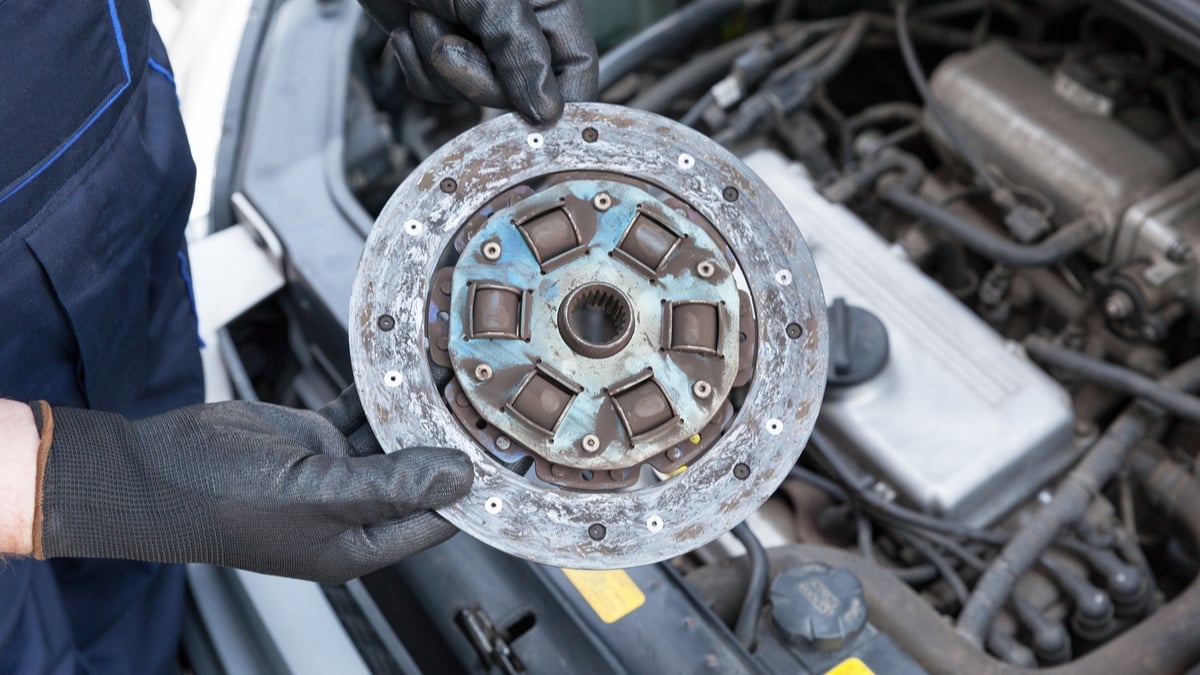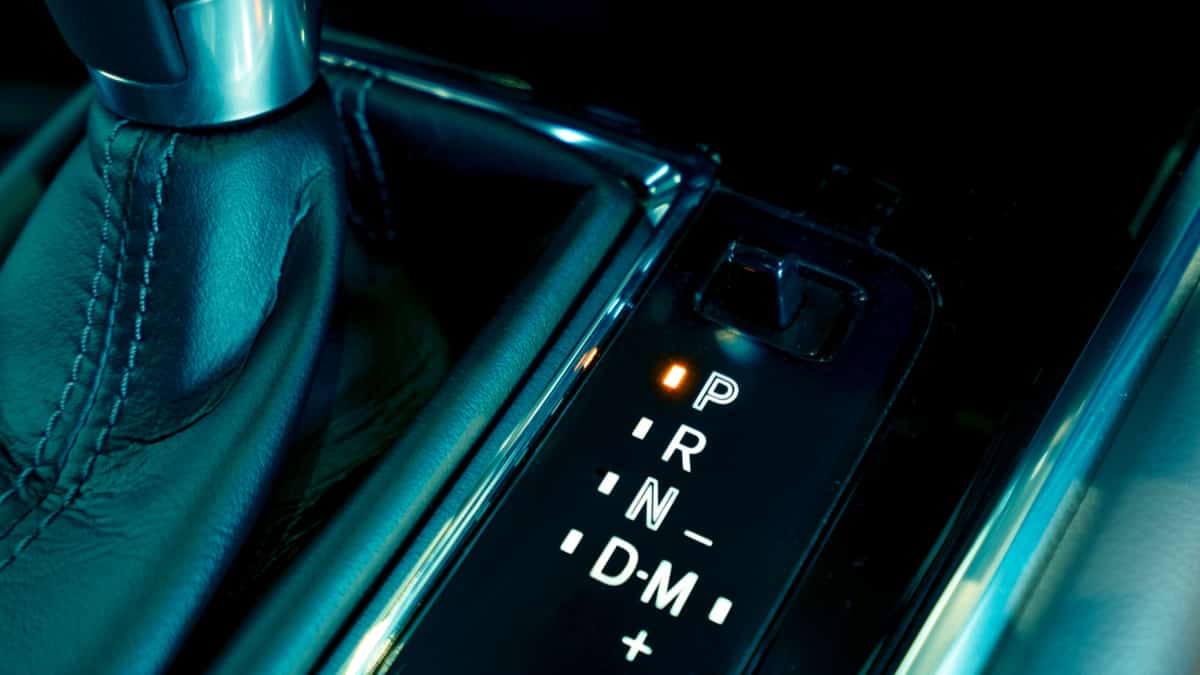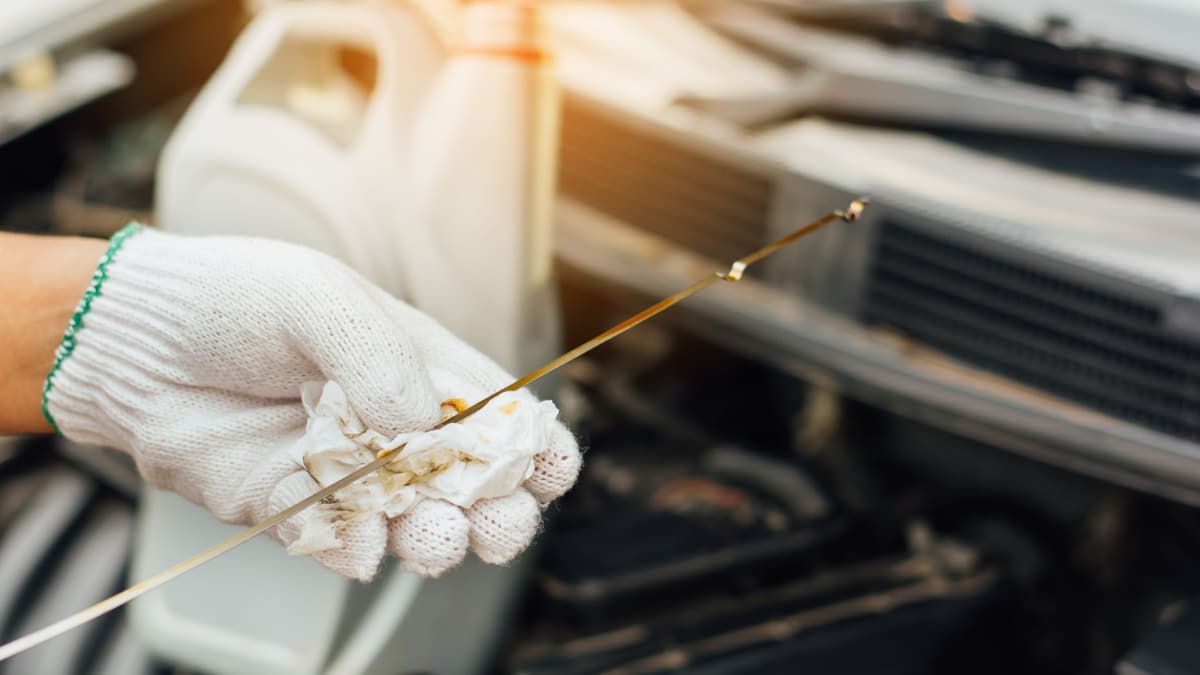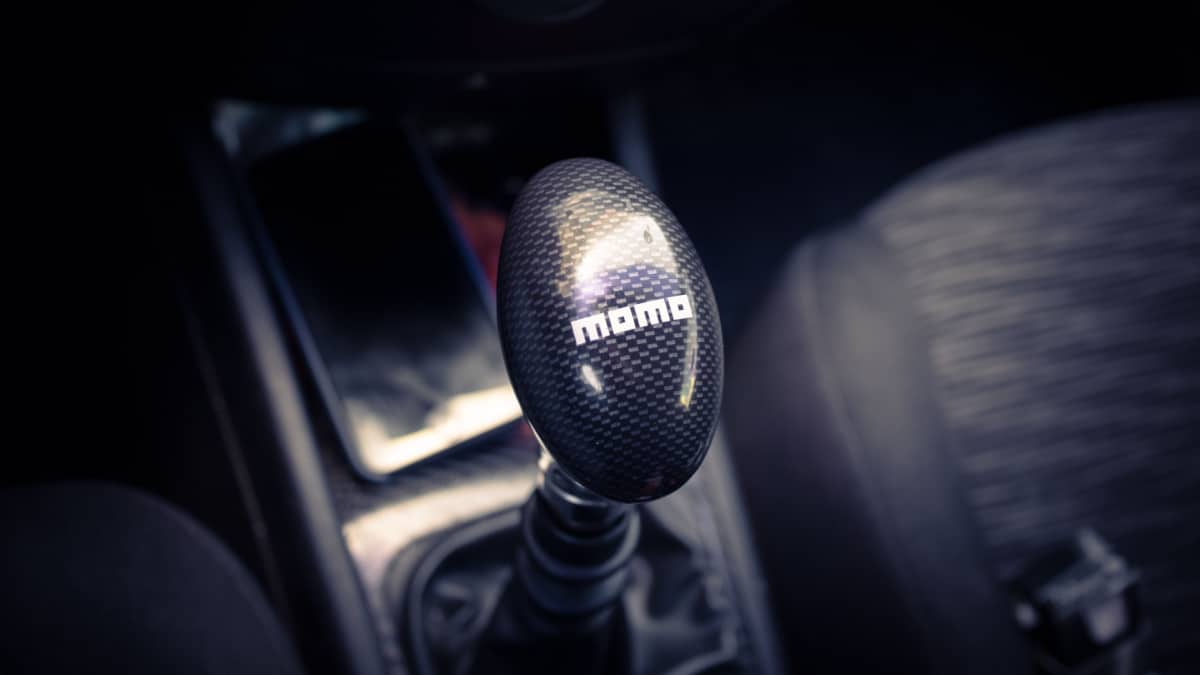While the manual transmission isn’t as popular these days, there are still plenty driving on the road. If you have a manual transmission vehicle, you want to ensure it runs its best for many more miles of enjoyment. So what do you do when the manual transmission is hard to shift?
Some of the causes are easy to repair, while others might require a replacement. We examine the top 6 causes of a manual transmission being hard to shift, helping you get back on the road faster. Let’s take a quick look at the possible causes first.
6 Hard to Shift Manual Transmission Causes
The most common reason why a manual transmission is hard to shift is due to a faulty clutch or hydraulic clutch system. It can also be damage to the gearbox, like damaged gears or faulty synchronizer rings. Check the gearbox fluid level, since it could also cause shifting issues.
Here’s a more detailed list of the possible causes of why your manual transmission is hard to shift.
1. Malfunctioning Hydraulic System
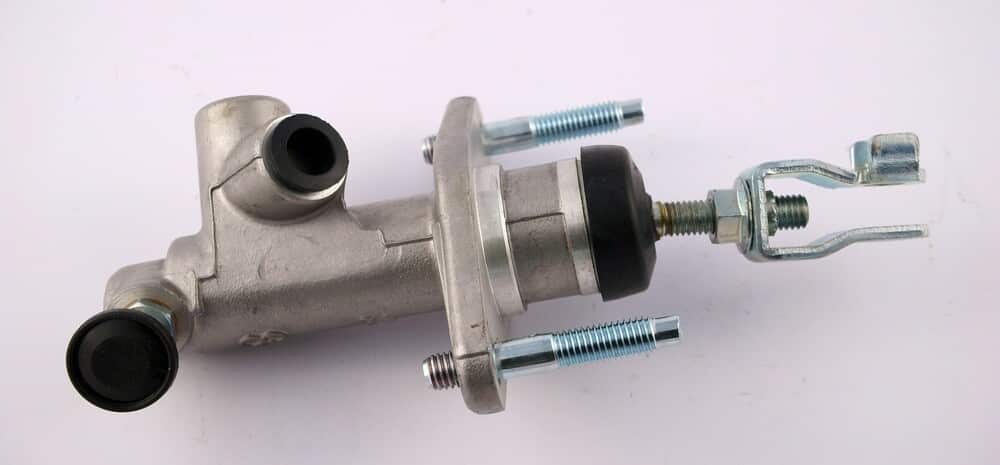
The first thing you should look for when your transmission is hard to shift is the hydraulic clutch system, because it is the most common place where things can go wrong when it comes to this issue.
Within the clutch system are a master and a slave cylinder. The master cylinder operates as the pump in a hydraulic clutch system. However, this hydraulic component is also prone to problems.
At times, it can leak or fail to function, causing an interference with the displacement of fluid. What you are left with is a transmission that’s hard to shift, and a pedal that operates erratically.
Manual transmission cars usually have one master cylinder installed near the clutch pedal and one slave cylinder installed on the transmission.
A leaking master or slave cylinder may result in air bubbles in the hydraulic system, which will cause the transmission to become hard to shift.
You can try to bleed the clutch system, and if the shifting becomes easier, there is a significant risk that a bad slave or master cylinder is the cause of the issue. It can also be caused by leaking hydraulic lines.
RELATED: 6 Symptoms of a Bad Clutch Master Cylinder
2. Damaged Clutch System
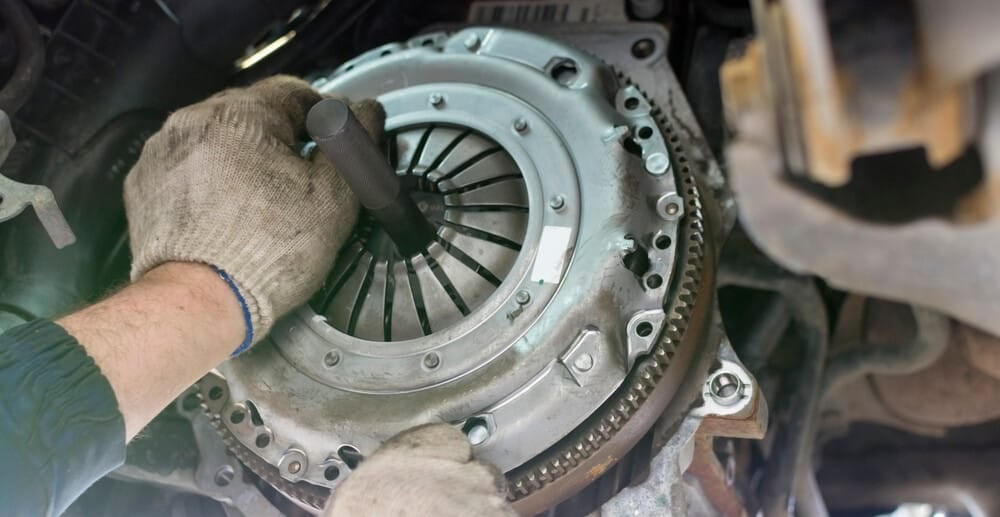
If the clutch pressure plate is worn or damaged, it can cause the clutch not to release the power between the engine and transmission. This will cause the transmission to become very hard to shift.
If you can feel wobbling or any strange feeling in the clutch pedal while driving, there is a big risk that your clutch pressure plate is worn or damaged.
It can also be caused by a bad clutch disc, release fork, or a bad release bearing. If you think the issue is located within the clutch, it is important to inspect all parts properly.
You have to remove the transmission to inspect the clutch parts properly on most car models, so you must make sure the hydraulic parts are good before checking the clutch.
3. Damaged Gears
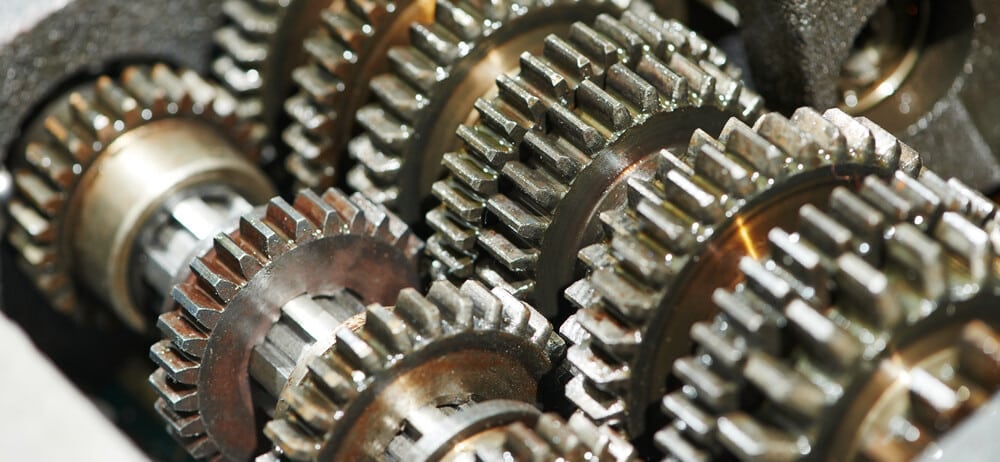
If the hydraulic system and the clutch are fine, there is only one place more to check for the issue and it’s inside the gearbox. This requires some skills, and only experts should do it.
The manual transmission system contains several gears. Some can have four gears and reverse, while others have a 5th and/or a 6th gear.
Between 1st and 2nd or 3rd and 4th, there is also a hub gear. If any one of these gears becomes damaged, you will notice trouble shifting between them.
4. Faulty Synchronizer Ring
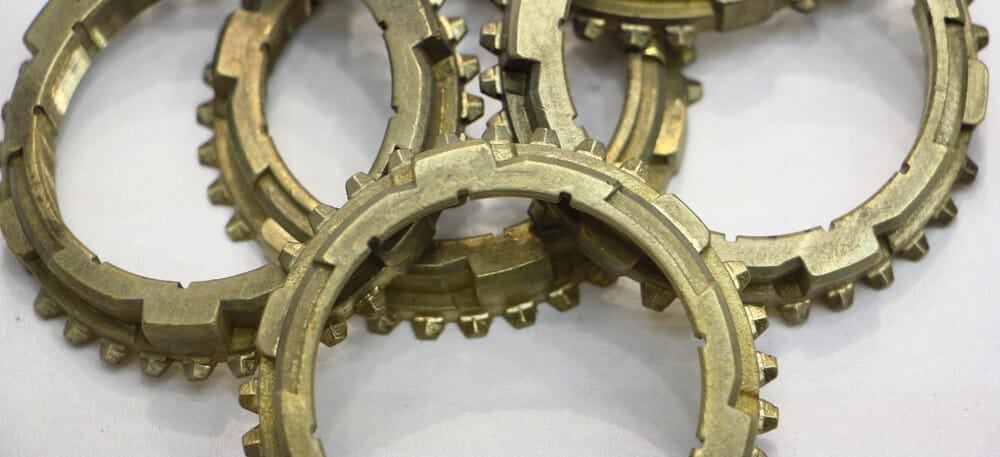
Additionally, the synchronizer ring contains small teeth, allowing the hub sleeve to engage with it easily. It needs to operate correctly for the transmission to go into the main gear.
If the synchronizer ring becomes damaged, it cannot engage properly with the hub sleeve. That’s what causes noticeable shifting issues.
5. Worn Hub Sleeve
With the hub gear, the sleeve is what is responsible for engaging between the main gears. It’s also known as the synchronizer hub, and it moves right or left, based on which way the gear has shifted. This sleeve keeps the teeth of the hub gear synchronized with the teeth of the ring.
When the hub sleeve becomes damaged or worn out, synchronization fails. As a result, you notice trouble shifting and a lack of smooth movement.
6. Low or wrong type of gear oil
When you follow the recommended service schedule for your vehicle, you regularly flush or change the transmission fluid. If the fluid becomes old or there is a leak, the gears can’t receive the proper amount of lubrication.
What’s worse is that you allow damage to the transmission itself by running it without the right amount of clean gear oil. Without this lubrication, shifting becomes more difficult. As the condition gets worse, you might also start to hear strange sounds, indicating large problems.
It can also be caused by a wrong type of gear oil inside the transmission. For smooth shifting, you need the right viscosity and specifications of the gear oil.
How to fix it
The first thing you should check if your transmission is hard to shift is the gear oil. Make sure the level is correct and make sure it’s not burnt or very old.
The next place to check is the hydraulic clutch system. Check for any leaks around the clutch cylinders and try to bleed the system one or two times. If the issue disappears, there is most likely a leak somewhere in the hydraulic system which needs to get fixed.
If there are no issues with the hydraulic system, you have to remove the transmission to check the clutch system for any damages on the clutch parts like the pressure plate, clutch disc, release fork, or release bearing.
If you can’t find any issues with the clutch system, you have to check the parts inside the transmission for any issues. This is often a difficult task and definitely not something you should do if you don’t have great knowledge of gearboxes.
Categories: Transmission, Troubleshooting
